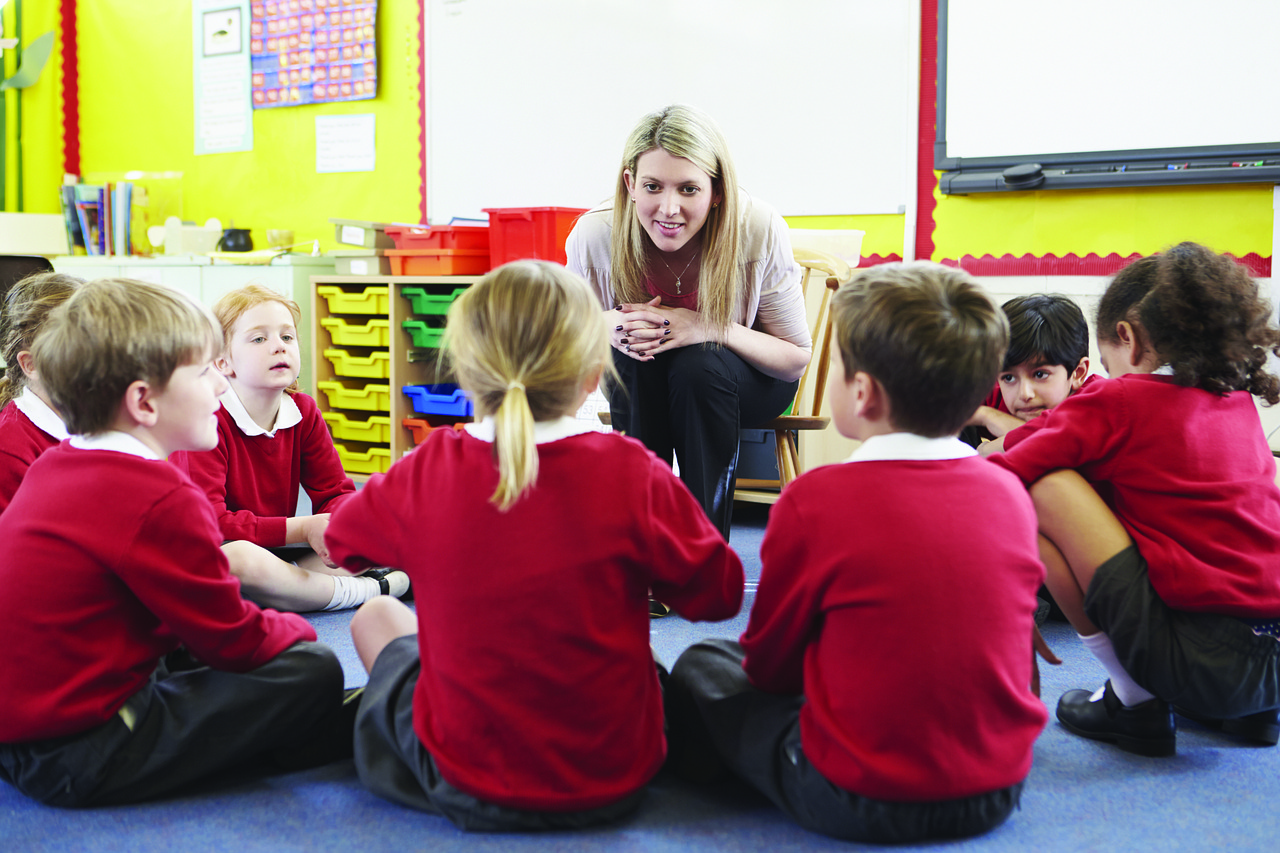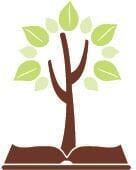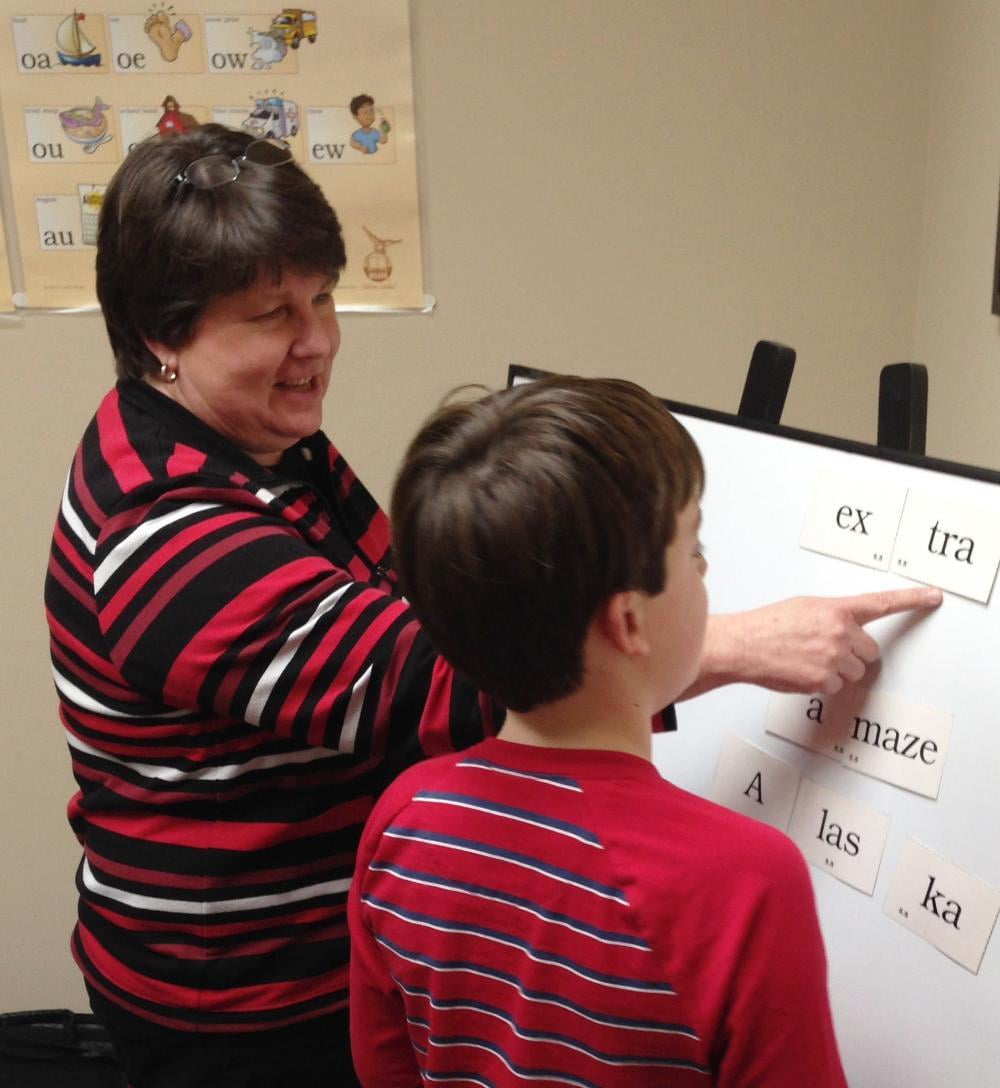A Little History About Learning to Read . . . What Works and What Does Not.
A still-prevalent reading myth is that learning to read, like learning to speak and understand spoken language, is natural. Throughout educational history, some educators have argued that children will learn to read if they are read to, are surrounded by books, and have a purpose for reading. Common sense, human history, and reading research contradict the idea that most children learn to read naturally, the way they learn to talk.
Although for some students reading is quite effortless, many others struggle to read the words on the page and/or to comprehend them. The human brain has evolved over about 100,000 years to support the development of spoken language. Written language, on the other hand, has only been in existence for 12,000 to 15,000 years - not enough time for the human brain to evolve the functional adaptations and pathways required for reading (Dehaene, 2009; Wolf, 2007). Direct reading instruction is needed.
Whether we are teaching students with or without disabilities to read, the science is clear, explicitly teaching reading is a key to reading fluency and comprehension. When we don't provide this direct instruction, many students struggle with reading success, and children with dyslexia suffer the most.
Children with dyslexia must master the same basic knowledge about language and its relationship to writing as anyone else to become competent readers and writers. However, because of their dyslexia, they need a more intense, direct, explicit and systematic approach to sort, recognize and organize the basic elements of language.

Regardless of age or grade, if your child is a struggling or at-risk reader with more significant gaps, we offer individual reading instruction which is tailored to meet your child's specific needs.
Regardless of age if you or your child is struggling or at-risk reader with more significant gaps, we offer individual reading instruction which is tailored to meet you or your child's needs. These sessions may be conducted at our Center or on school campus. In specific situations virtual (remote) sessions may be scheduled.
Getting the frequency and length of the session right is a key component for closing literacy gaps quickly. Recommended frequency is determined case-by-case and is weighed against the determined gaps and a speed in which the student can tolerate.

There are several opportunities for rising 1st and 2nd graders this summer to close their literacy gaps or building confidence with previously taught skills. This twenty-day group learning opportunity, is designed to help ready these young learners to be successful as they enter Fall 2024. If your child has mild gaps or you wish to help child avoid the summer slide, consider enrolling your child in one of the camp sessions (see schedule below).
The sessions are ninety minutes per day (Monday through Friday) for twenty consecutive days. Two groups have been created for 1st graders and two groups for 2nd graders. Select which session fits your summer schedule and click the link below to register. With a maximum group size of six students, there is limited seating. Registration and payment are due by May 6, 2024.
June 3 to June 28, 2024
1st graders: 10:30 am to Noon
2nd graders: 8:30 am to 10:00 am
July 8 to August 2, 2024
1st grader: 8:30 am to 10:00 am
2nd grader 10:30 am to Noon




